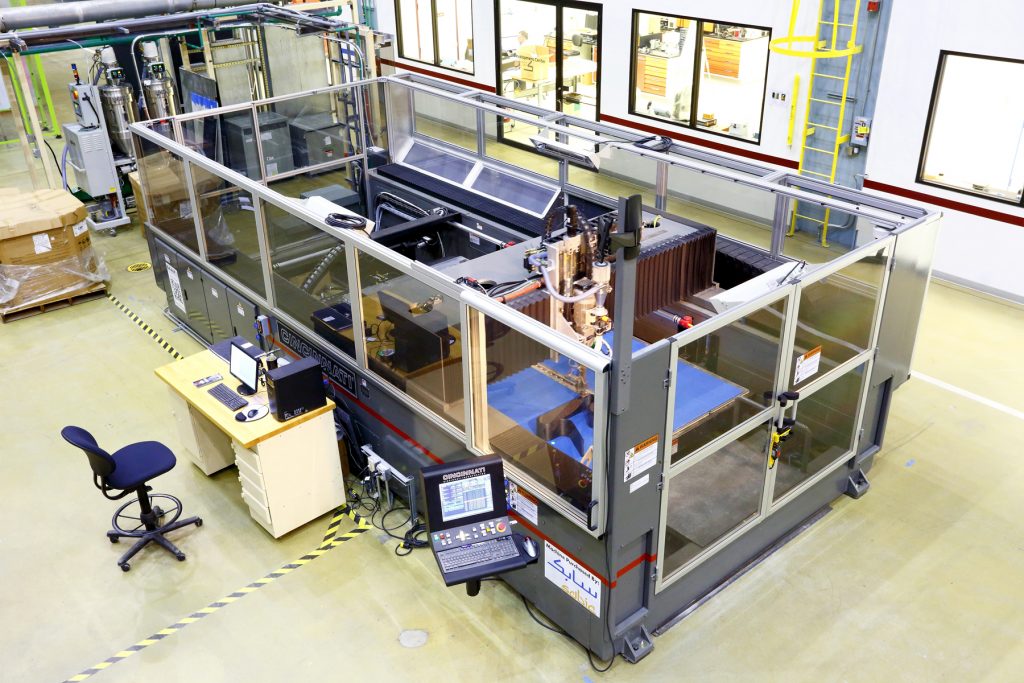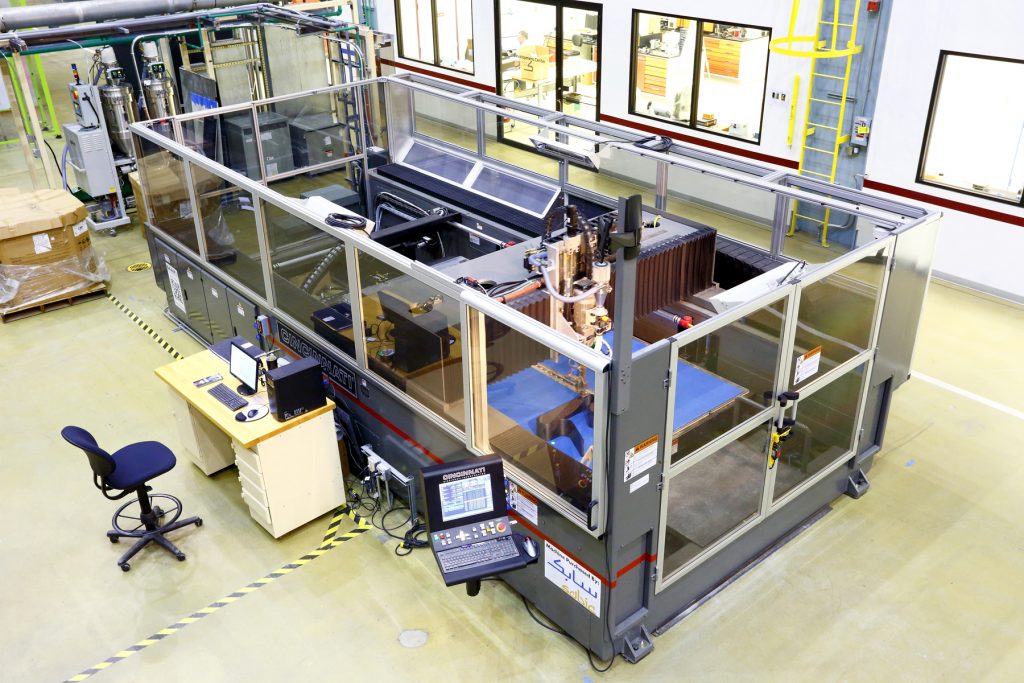For a deeper-dive into additive manufacturing, you can now subscribe to our Youtube channel, featuring discussion, de-briefs and shots of 3D printing in-action.
Saudi Arabia-based chemical producer SABIC has teamed up with U.S. autonomous vehicle manufacturer Local Motors to assess the viability of reusing 3D printing waste byproducts.
As part of a joint study, the firms ground scrap polymeric parts and shavings from Local Motors’ additive manufacturing process into a reusable pelletized feedstock. The resulting material proved to be printable in large-format extrusion machines with up to 100% recycled content, potentially making it a promising first step on the path towards greater circularity within the wider 3D printing industry.
“Building next-generation vehicles means embracing next-generation manufacturing processes,” said Johnny Scotello, Director of Technical Product at Local Motors. “We’re proud to work with SABIC in making large format additive manufacturing more sustainable.”
“Bringing value to scrap or end-of-life parts is a difficult challenge, but the results of this study point to a bright future for sustainable, circular products.”

3D printing’s recycling dilemma
While a considerable amount of R&D has already gone into developing eco-friendly 3D printing materials, thus far, this research has failed to yield an established value chain for reusing scrapped parts. In the past, researchers have proved the feasibility of 3D printing everything from demolition waste to termite frass, but again, without finding a way of applying their approaches on the factory floor.
In practise, complexity is one of the main barriers to recycling 3D printing byproducts, as they currently need to be collected and transported before being cleaned, cut and reground. This recompounding process also makes any resulting materials vulnerable to degradation, as repeated heat cycles break down their polymer chains, reduce fiber length and ultimately affect their end-performance.
To understand exactly how such factors affect the printability of recycled materials, the companies reclaimed and reground some of the SABIC LNP THERMOCOMP AM compound used by Local Motors within its vehicle production process, with the aim of optimizing its properties and extending its lifecycle for repeated reprocessing.

An optimized regrinding approach
Starting with printability evaluations, SABIC and Local Motors prepared six samples with different reprocessed content levels of 0-100%. Once ready, the mixtures were 3D printed using SABIC’s Big Area Additive Manufacturing (BAAM) machine at its Polymer Processing Development Center, into single-layer hexagonal parts.
As it turned out, each printed object featured a smooth, shiny surface and straight, even layers that demonstrated no issues with material flow. The companies then proceeded to assess the mechanical properties of their prototypes, by subjecting them to a three-point bend evaluation following a modified ASTM D-790 test method.
According to the firms, results showed that those samples containing smaller percentages of reground material exhibited “excellent tensile properties,” while fully-recycled parts suffered a reduction in tensile properties of 15% in the X direction and 15% in the Z direction, reflecting a trend usually seen in reground injection molding and extrusion materials.
As a result, the companies concluded that post-industrial and consumer scrap materials can potentially be reused, but only if the process is made viable by industry collaboration. Having now wound-up its role in the research, SABIC says that it intends to issue a detailed report on its findings, which it considers to be a “first step in finding a circular solution for the large-format AM industry.”
“As adoption of large-format AM accelerates, it is essential to find sustainable alternatives to landfilling large, printed parts,” concluded Walter Thompson, a Senior Applications Development Engineer at SABIC. “Our study showed great potential for reusing these materials, and marks a first step in supporting reuse within the value chain.”
Advances in sustainable 3D printing
While an industry-standard method of recycling unneeded 3D printed parts remains elusive, a number of manufacturers have devised their own means of reducing their industrial footprint. Earlier this year, for instance, Ford partnered with 3D printer OEM HP to recycle its additive manufacturing waste into end-use injection molded automotive parts.
Elsewhere, Materialise has rolled-out its Bluesint PA12 technology, which allows adopters to SLS 3D print components using up to 100% reused powder. Since its launch in November 2019, Blueprint PA12 has been bundled by 3D printer manufacturer Sindoh with its new Sindoh S100 machine, to help clients engage in more sustainable production practises.
German polymer producer Covestro, meanwhile, has recently committed to furthering circular economic principles with its new range of partially-recycled Arnite AM2001 GF and PC-r materials. Launched at TCT Asia 2021, the latter is based on reused water bottles, and designed to be deployed in the production of electronic and automotive parts.
To stay up to date with the latest 3D printing news, don’t forget to subscribe to the 3D Printing Industry newsletter or follow us on Twitter or liking our page on Facebook.
Are you looking for a job in the additive manufacturing industry? Visit 3D Printing Jobs for a selection of roles in the industry.
Featured image shows SABIC’s Big Area Additive Manufacturing (BAAM) machine at its Polymer Processing Development Center. Image via SABIC.
